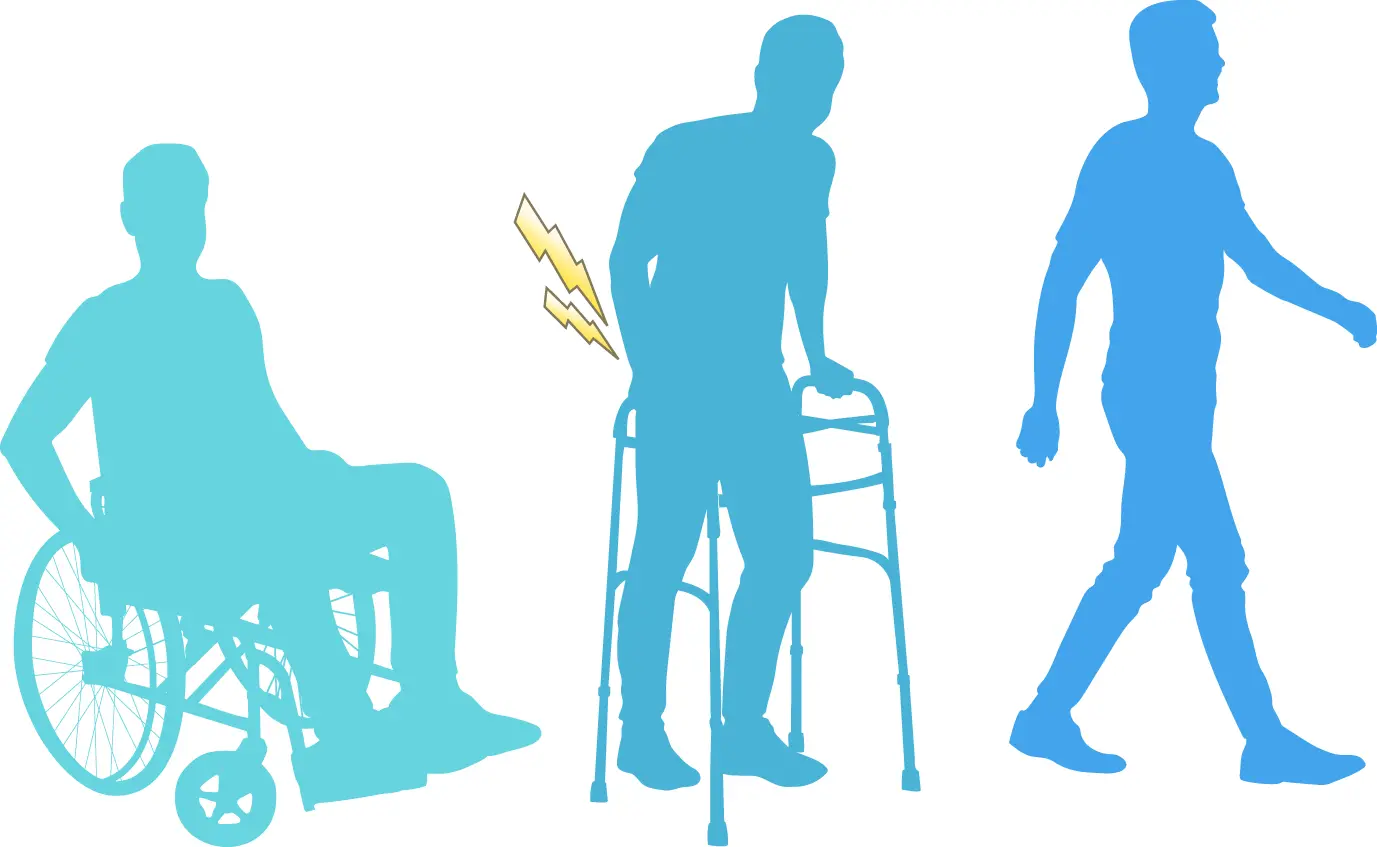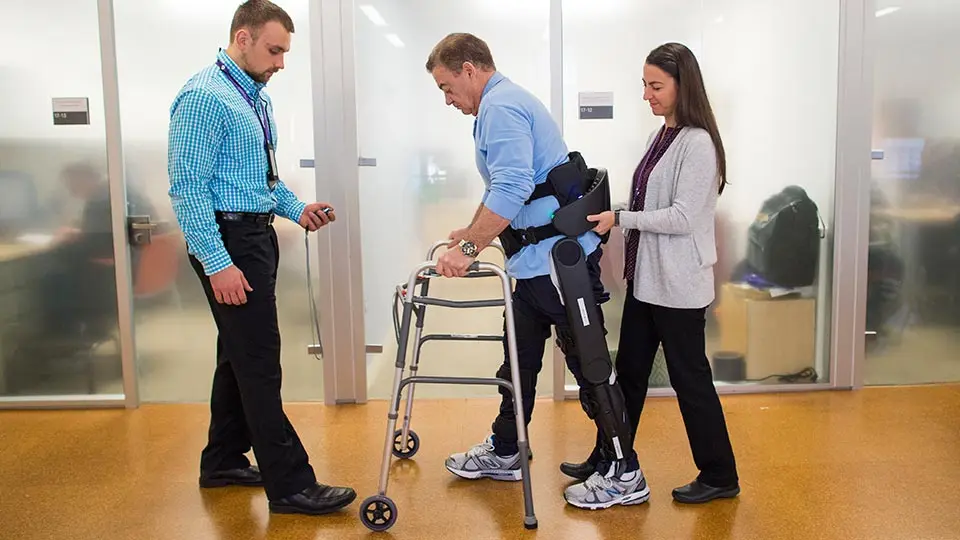Demanding spinal twine damage (SCI) is perhaps the maximum devastating orthopedic harm, and with prolonged survival being the rule of thumb, rehabilitation of those accidents has an increasing number of important functions. The primary goals of rehabilitation are prevention of secondary headaches, maximization of bodily functioning, and reintegration into the network.

Rehabilitation following SCI is maximum effectively undertaken with a multidisciplinary, crew-based approach, as follows:
- Bodily therapists typically attention on decrease extremity characteristic and on difficulties with mobility.
- Occupational therapists address upper extremity dysfunction and difficulties in activities of day by day residing.
- Rehabilitation nurses are concerned with the problems of bowel and bladder dysfunction and the control of strain ulcers.
- Psychologists cope with the emotional and behavioral issues of the newly injured patient and with any potential cognitive dysfunction.
- Speech-language pathologists deal with with troubles of communication and swallowing.
- Case managers and social employees are the number one interface among the rehabilitation team, the affected person and his or her family and the payer source.
The rehabilitation crew features underneath the path of a physiatrist (ie, a physician who makes a speciality of physical medicinal drug and rehabilitation) or a physician with a sub-specialty certification in spinal twine medicinal drug. At the same time as every crew member has number one duties, any member of a nicely functioning interdisciplinary crew can contribute to the resolution of any problem.
